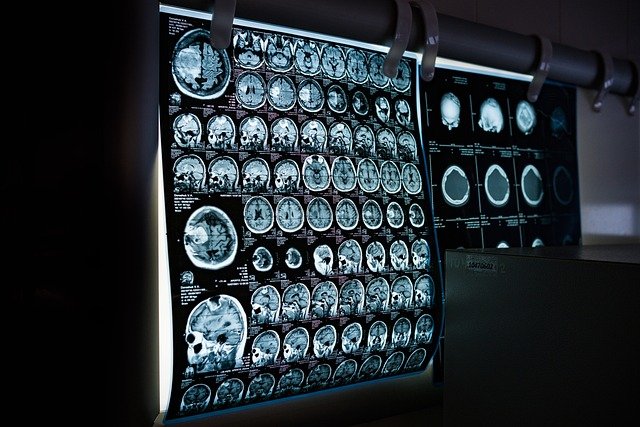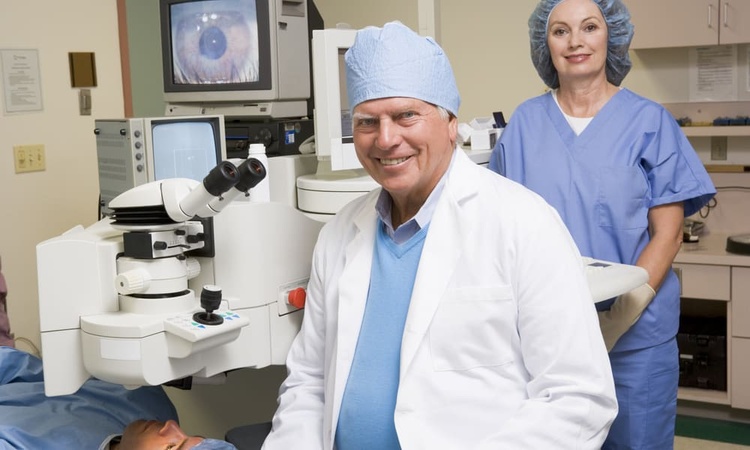Screwless Dental Implants in India: A Modern Approach to Rehabilitation
Screwless dental implants are becoming increasingly popular in India as a modern solution in dentistry. This technology provides a less invasive and more comfortable alternative to traditional implants. With the rapid advancement of dental techniques, Indian patients can now access more advanced and customized dental rehabilitation solutions.

Screwless dental implants represent a significant advancement in dental restoration technology, offering patients in India an alternative to conventional implant systems. These innovative implants are designed to provide the same functional benefits as traditional implants while addressing some of the limitations associated with screw-retained prosthetics. As dental rehabilitation techniques continue to evolve, screwless implants are becoming increasingly available across India’s major dental centers, providing patients with more options for restoring their smiles and oral function.
What Are Screwless Dental Implants?
Screwless dental implants, also known as friction-fit or press-fit implants, are prosthetic tooth replacements that don’t rely on screws to secure the crown to the implant base. Instead, they utilize innovative connection mechanisms such as morse taper connections, locking tapers, or conical connections that create a secure bond through precision engineering and friction. These implants typically consist of three main components: the implant fixture that integrates with the jawbone, an abutment that connects to the implant through friction rather than screws, and the final prosthetic crown that replaces the visible portion of the tooth.
Unlike traditional implants where screws can potentially loosen over time or create microgaps that harbor bacteria, screwless systems aim to create a more seamless connection between components. This design philosophy focuses on creating a stable, bacteria-resistant seal while simplifying the restoration process. In India, dental clinics in metropolitan areas like Delhi, Mumbai, Bangalore, and Chennai have increasingly adopted these advanced implant systems as part of their treatment options.
How Do Screwless Implants Work?
Screwless implant systems function based on precision engineering principles that create highly secure connections without threaded components. The most common design utilizes a tapered connection where the abutment is precisely matched to the implant body with a slight taper angle (typically between 1-4 degrees). When the abutment is inserted into the implant body, the friction created by these precisely machined surfaces creates what engineers call a “cold weld” effect—a connection so tight that the components essentially function as a single unit.
The installation process begins with the surgical placement of the implant body into the jawbone, similar to traditional implants. After the osseointegration period (typically 3-6 months), during which the implant fuses with the surrounding bone, the dentist attaches the abutment using controlled pressure rather than screws. This pressure-fit connection eliminates the screw access hole that would otherwise be visible in the final restoration, allowing for more aesthetic results and better structural integrity.
The final prosthetic crown is then cemented or bonded to the abutment, completing the restoration. Some advanced screwless systems even allow for retrievability of the prosthetic without damage, combining the benefits of both cemented and screw-retained restorations.
Advantages of Screwless Implants
Screwless dental implants offer several distinct advantages that make them appealing to both patients and dental professionals in India. First, they typically demonstrate superior aesthetics since there are no screw access holes that need to be filled with composite material, which can discolor over time. This is particularly beneficial for front teeth where appearance matters most.
Another significant advantage is the potential for reduced bacterial infiltration. Traditional screw-retained implants may develop microgaps between components where bacteria can accumulate, potentially leading to peri-implantitis (inflammation around the implant). The precise connection in screwless systems minimizes these gaps, potentially improving long-term oral health outcomes.
Maintenance simplicity represents another benefit, as there are no screws that might loosen over time and require retightening. Patients also appreciate the reduced chairtime during prosthetic placement since there’s no need for screw torquing procedures. For dentists, the simplified prosthetic workflow can lead to more predictable outcomes with fewer mechanical complications.
Finally, many patients report improved comfort with screwless systems. Without metal screws, there’s less potential for metal taste or galvanic sensations that some patients experience with traditional implants, particularly those with metal sensitivities.
Durability and Longevity
The durability of screwless dental implants is comparable to that of traditional screw-retained systems, with studies showing success rates above 95% over 5-10 years. The key factor in their longevity is the precision of the connection between components. High-quality screwless implants feature extremely tight manufacturing tolerances, often measured in microns, ensuring a secure fit that resists mechanical forces during chewing and speaking.
The absence of screws eliminates one potential point of failure in the implant system. In traditional implants, screws can loosen over time due to micromovements during function, potentially leading to complications. Screwless systems avoid this issue entirely, potentially contributing to their long-term stability.
Material selection also plays a crucial role in the durability of these implants. Most premium screwless systems use medical-grade titanium or zirconia, materials known for their biocompatibility and strength. Some advanced systems incorporate surface treatments that enhance osseointegration—the process by which the implant fuses with the jawbone—further improving long-term outcomes.
Proper maintenance remains essential for maximizing the lifespan of any dental implant. Regular professional cleanings, good home oral hygiene, and periodic check-ups help ensure that screwless implants remain functional and aesthetic for many years.
Costs and Treatment Options in India
Screwless dental implants in India are available at various price points depending on the implant system, clinic location, dentist expertise, and associated procedures. Generally, these advanced implants cost between ₹25,000 to ₹60,000 per implant, not including the crown or additional procedures such as bone grafting if required. Complete treatment involving multiple implants can range from ₹1,00,000 to ₹5,00,000 depending on complexity and the number of implants needed.
Several dental centers across India offer screwless implant options, with varying levels of expertise and pricing:
| Dental Provider | Location | Approximate Cost (Single Implant) | Special Features |
|---|---|---|---|
| Apollo Dental | Multiple Cities | ₹35,000 - ₹45,000 | Multi-specialty dental centers |
| Clove Dental | Pan-India | ₹30,000 - ₹50,000 | Standardized protocols across centers |
| Dentzz Dental | Mumbai, Delhi | ₹40,000 - ₹60,000 | Premium facilities, international protocols |
| FMS Dental Hospital | Hyderabad | ₹25,000 - ₹40,000 | Academic affiliation, comprehensive care |
| Sabka Dentist | Multiple Cities | ₹28,000 - ₹38,000 | Affordable care focus, multiple locations |
Prices, rates, or cost estimates mentioned in this article are based on the latest available information but may change over time. Independent research is advised before making financial decisions.
Treatment options in India range from single-tooth replacements to full-mouth rehabilitation using screwless implants. Many clinics offer advanced diagnostics such as 3D cone beam computed tomography (CBCT) scans to precisely plan implant placement. Some centers also provide computer-guided implant surgery, which enhances accuracy and can reduce recovery time.
Financing options are increasingly available at many dental clinics in India, with installment plans typically ranging from 3 to 24 months. Some insurance policies may provide partial coverage for dental implants when they’re deemed medically necessary, though cosmetic applications are usually not covered.
Dental tourism is also a significant factor in India’s implant dentistry landscape, with international patients often combining treatment with travel to reduce overall costs compared to their home countries while still receiving high-quality care.
Screwless dental implants represent a significant advancement in restorative dentistry, offering patients in India an effective alternative to traditional implant systems. With their aesthetic advantages, potential for reduced bacterial infiltration, simplified maintenance, and comparable durability, these modern implants continue to gain popularity among both patients and practitioners. As technology advances and manufacturing processes improve, screwless implant systems are likely to become even more refined, potentially establishing themselves as the standard of care for dental rehabilitation in the coming years.
This article is for informational purposes only and should not be considered medical advice. Please consult a qualified healthcare professional for personalized guidance and treatment.




